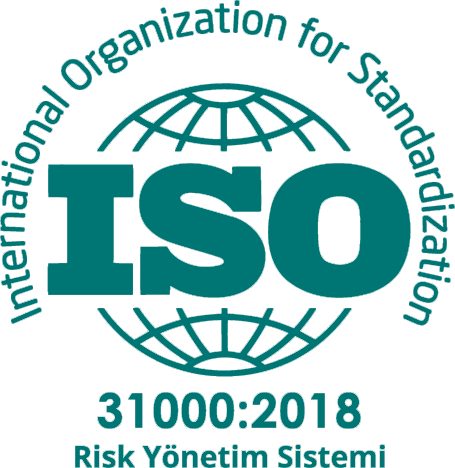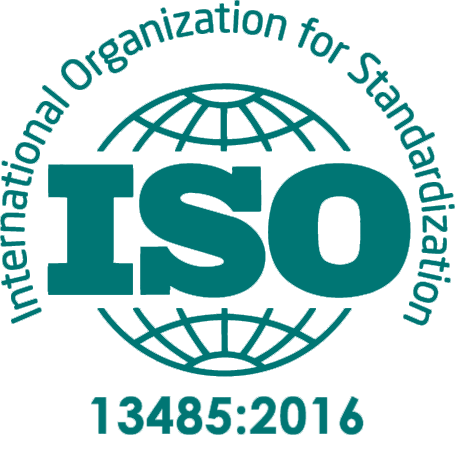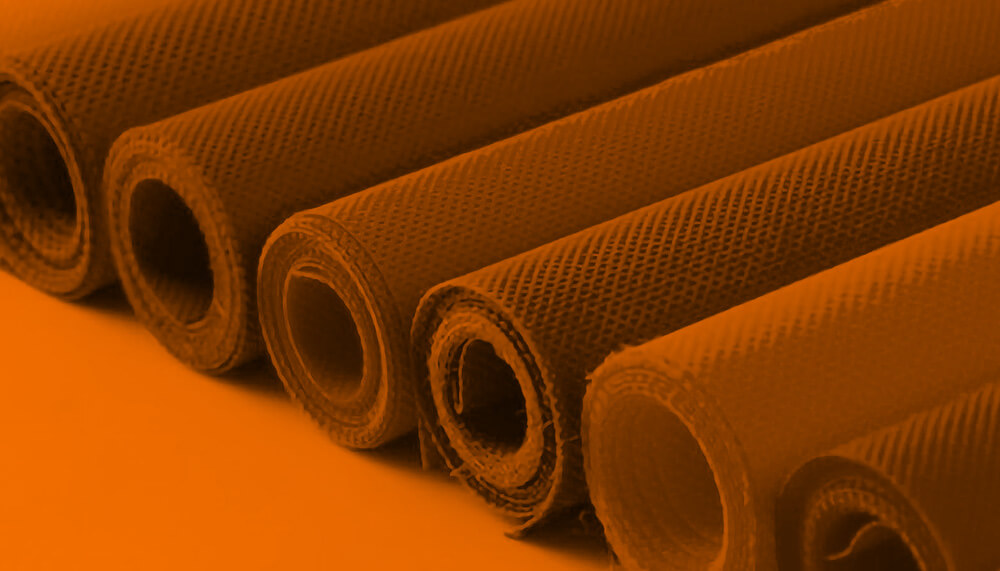How Should Medical Garments Be Cleaned?
The cleanliness of medical garments is crucial for maintaining a hygienic environment and reducing the risk of infection. Cleaning medical garments should be done following these steps:
Pre-treatment: Soiled garments should first be removed from the worn areas and placed outside contaminated zones. Hands, gloves, and other protective equipment should be properly removed and discarded.
Pre-wash: Soiled garments should be pre-washed with a solution containing water and detergent. This helps dissolve and remove organic matter from the garments.
Washing: Garments should be washed with an appropriate detergent and at the specified temperature. Hot water helps to kill bacteria and other microorganisms.
Rinsing: Washed garments should be rinsed with clean water. This ensures that detergent residues and dirt are completely removed.
Disinfection: Garments should be disinfected with an appropriate disinfectant solution. This kills potential pathogens on the garments and reduces the risk of infection.
Drying: Garments should be dried either in a dryer or naturally in the sun. High temperatures help to remove moisture from the garments and kill bacteria.
Ironing: When necessary, garments should be ironed at an appropriate temperature. This helps garments to be properly folded and hygienically stored.
In conclusion, the cleaning of medical garments should be done carefully, following proper hygiene standards. These steps enhance infection control and ensure the safety of healthcare providers and patients.


